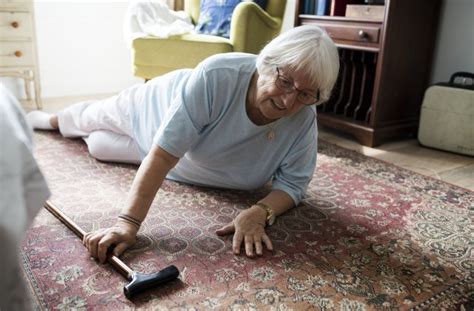
Hours: 3 Approvals: ARF, RCFE, APPROVED ALZHEIMER'S DEMENTIA
Course Summary
According to the Centers for Disease Control and Prevention (CDC), falls are the leading cause of injury-related deaths for older adults. One in five falls causes serious injury such as a hip fractures or concussion. Problems with vision and balance, along with weakened bones and muscle loss, increase the risk for a fall.
Individuals with dementia are at higher risk for falls than people who do no have dementia. Impairment in judgment, sensory motor perception and difficulty communicating are a perfect storm for a fall. Individuals with dementia who do take a fall are at increased risk for serious fractures than elderly people who are not cognitively impaired. Many risk factors in the environment can be modified to prevent falls.
The course will also take a close look at how individuals with cerebral palsy are also at increased risk for falls.
Course Objectives:
Understanding of the prevalence and consequences of falls among the elderly
Knowledge of how dementia is associated with increased risk or falls.
Knowledge of how medication, vision and hearing issues, and orthostatic hypotension can increase the risk for falls.
Lean ways to alter the environment to prevent falls.